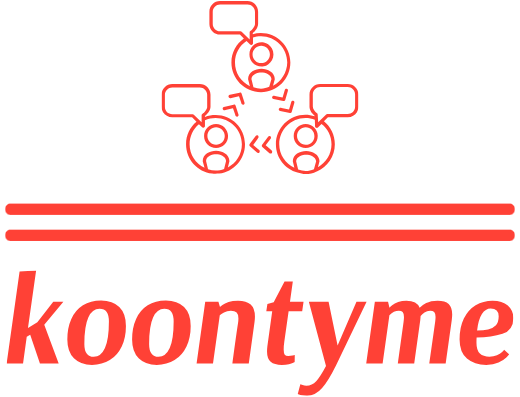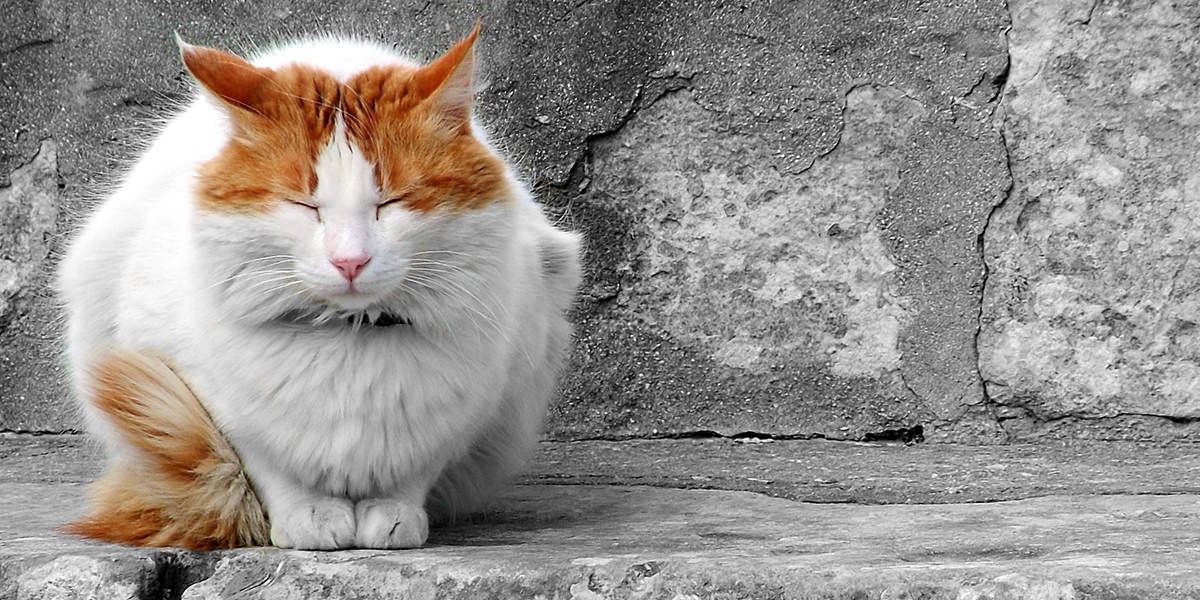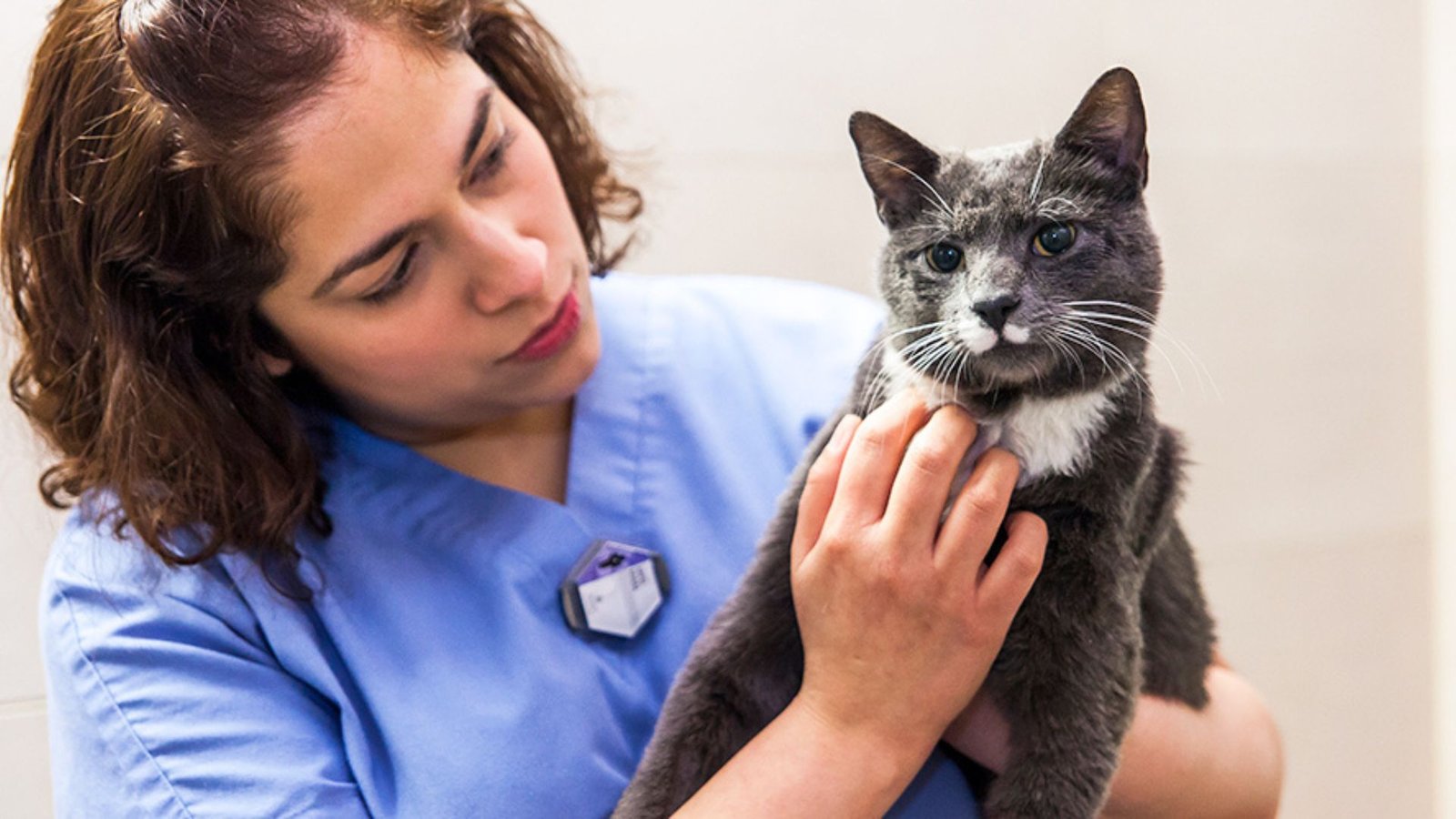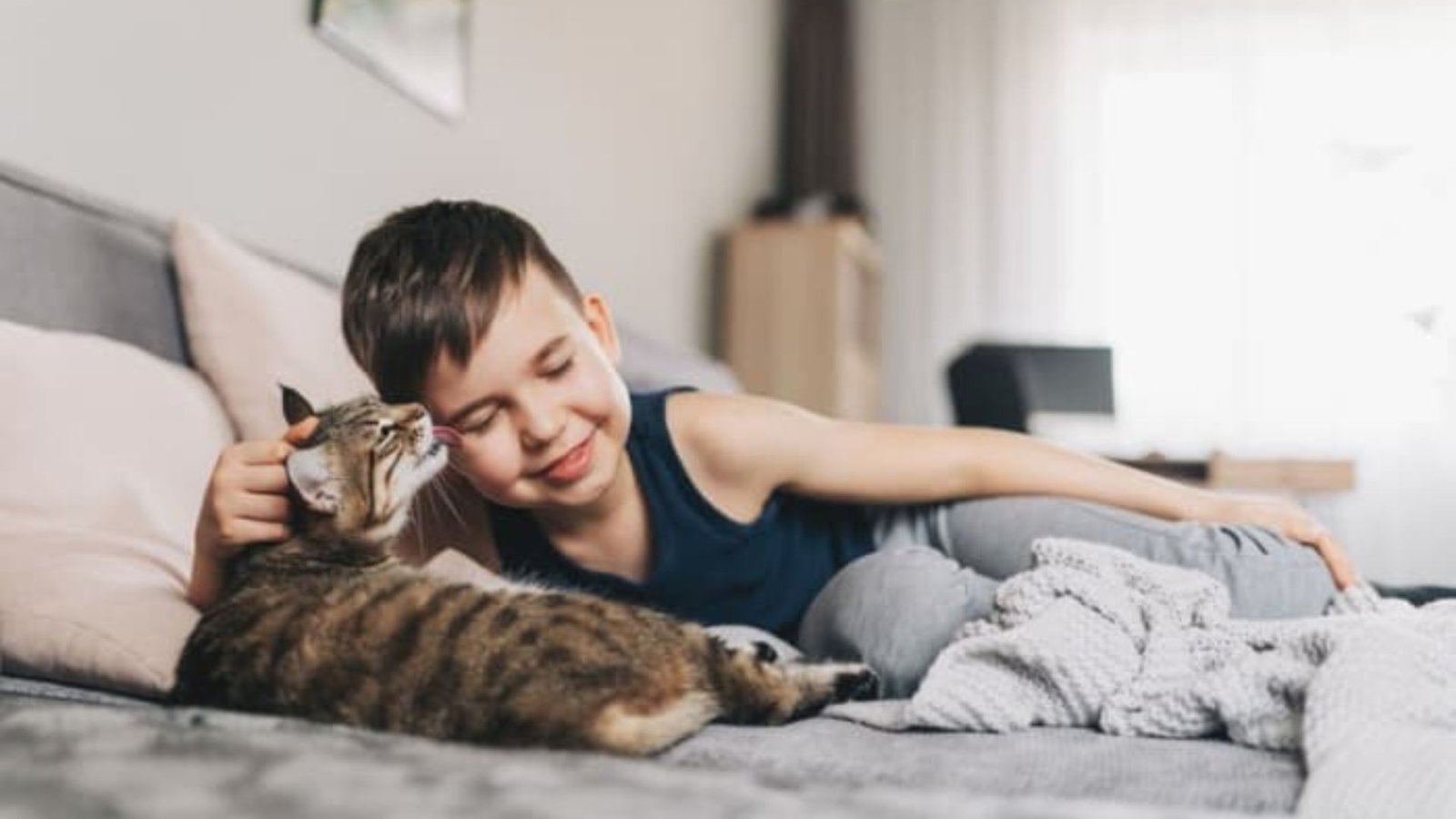Proper nutrition is vital for every cat, but female cats have specific dietary needs that vary depending on their life stage, reproductive status, and overall health. Whether your female cat is spayed, pregnant, nursing, or aging, tailoring her diet to these unique circumstances is key to her well-being.
1. The Basics of Female Cat Nutrition
Like all cats, female cats require a diet high in protein, moderate in fats, and low in carbohydrates. Key nutrients include:
- Taurine: Essential for heart and eye health.
- Omega-3 and Omega-6 Fatty Acids: For a shiny coat and healthy skin.
- Vitamins and Minerals: Including calcium, phosphorus, and vitamin A to support overall health.
Ensure that her diet is made up of high-quality, species-appropriate cat food, whether wet, dry, or a combination of both.
2. Nutrition for Spayed Female Cats
Spaying affects a female cat’s metabolism and hormonal balance, often leading to weight gain if not managed properly.
- Adjust Calorie Intake: Switch to a diet specifically formulated for spayed or indoor cats. These foods are lower in calories but still nutritionally complete.
- Encourage Activity: Incorporate interactive toys and regular playtime to prevent obesity.
3. Nutrition During Pregnancy
Pregnancy significantly increases a female cat’s nutritional requirements.
- High-Calorie Diet: Switch to kitten food or a diet formulated for pregnant or lactating cats to provide extra calories and nutrients.
- Increased Protein Needs: Ensure the diet contains at least 30% protein to support fetal development.
- Frequent, Small Meals: As the pregnancy progresses, her growing abdomen may limit the space for food, so offer smaller, more frequent meals.
- Stay Hydrated: Provide constant access to fresh water.
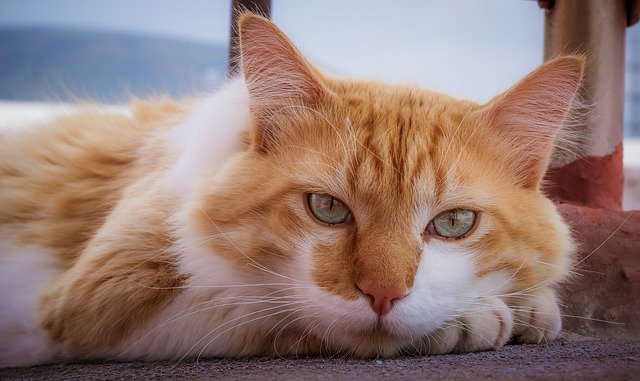
4. Nutrition for Nursing Cats
Lactating cats need even more calories and nutrients than during pregnancy.
- Free-Feeding: Allow her to eat as much as she wants to meet the high energy demands of milk production.
- Supplementation: Consult your vet about additional calcium or vitamins to prevent deficiencies.
- Hydration: Ensure she has access to plenty of water, as nursing depletes fluids rapidly.
5. Senior Female Cat Nutrition
As female cats age, their metabolism slows, and they may develop health conditions that require dietary adjustments.
- Lower Calorie Diet: To prevent obesity in less active cats.
- Joint Support: Look for foods enriched with glucosamine and chondroitin for joint health.
- Easily Digestible Proteins: To support muscle maintenance without taxing their digestive system.
6. Special Considerations for Health Conditions
Certain conditions common in female cats may require specific dietary changes:
- Urinary Tract Health: Female cats are prone to urinary issues. Foods formulated to maintain urinary pH can help.
- Weight Management: If your cat is overweight, a veterinarian-recommended weight-control diet can help.
- Allergies or Sensitivities: Elimination diets can identify food sensitivities in cats with digestive or skin issues.
7. Tips for Feeding Your Female Cat
- Portion Control: Overfeeding can lead to obesity, while underfeeding can cause malnutrition.
- Fresh Water: Always provide access to clean water to keep your cat hydrated.
- Avoid Harmful Foods: Never feed your cat chocolate, onions, garlic, or bones, as they can be toxic.
- Monitor Weight: Regularly check your cat’s weight and adjust portions as needed.
Conclusion
The nutritional needs of female cats evolve throughout their lives, influenced by factors like spaying, pregnancy, nursing, and aging. By providing a balanced and tailored diet, you can ensure your female cat remains healthy and happy at every stage. Consult your veterinarian for specific recommendations to meet your cat’s unique needs.
